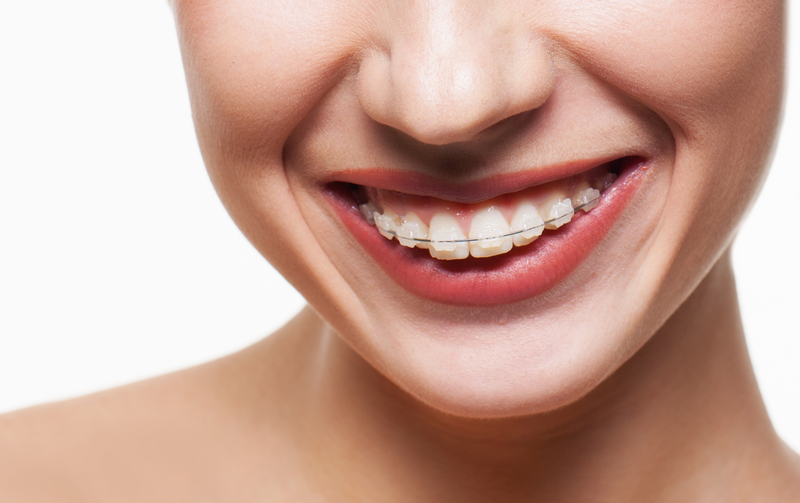What is cosmetic bonding?
Dental bonding is a technique that has been used in cosmetic dentistry for many years and can transform your smile in just a single visit. The process involves the skilful/artistic use of the correct amount and colour of “dental composite”, which is a mouldable material with a paste-like consistency made from acrylic resins and a variety of fillers, depending on the type used. Bonding is used for a variety of cosmetic dentistry procedures, including:
Where can it be used?
Filling dental cavities – “white fillings”
Replacing metal or amalgam fillings
Repairing broken and chipped teeth
Closing gaps between teeth (diastemas)
Reshaping teeth
Smile makeovers – composite veneers (although porcelain veneers are the better option for this)
To improve the appearance of discoloured teeth
To make teeth look longer
To protect a portion of the tooth’s root that has been exposed when gums recede
The Procedure
If the procedure requires a local anaesthetic (not all bonding procedures do), your dentist will first numb the area by injecting a local anaesthetic into the gum area around the tooth. The tooth surface where the composite will be applied is thoroughly cleaned to remove any debris or tartar accumulation, as the composite needs a clean surface to bond to. Once the correct shade of composite has been selected by your dentist, the tooth is kept dry by surrounding it with cotton rolls or a latex sheet (rubber dam), and then shaped or roughened by the dentist using a special tool.
The surface of the tooth is then etched with a special phosphoric-acid-based gel, which provides a better surface for the composite to adhere to. The composite (bonding agent) is then applied to the etched tooth surface and exposed to a special light source (curing light), which activates the composite to harden and set. The bonding agent is often applied to the tooth in several thin layers (1mm-2 mm) until the desired shape, translucency and texture is achieved. The final step involves polishing and buffing the composite to give the desired shape and smooth finish.
How much does cosmetic bonding cost?
The cost of bonding will vary depending on the type of bonding procedure that you have, the materials that the dentist will be using and the experience of the cosmetic dentist.
What are the disadvantages of composite bonding?
The main drawbacks of bonding are that it doesn’t have the strength of other restorative materials such as ceramic or porcelain, and it has a greater tendency to stain than your surrounding natural teeth or porcelain.
What are the advantages of composite bonding?
Cosmetic Bonding is one of the most common and least expensive of cosmetic dentistry procedures. It can usually be done in one short visit unless multiple teeth are involved. Another advantage to bonding is that compared to veneers and crowns, it requires little to no removal of tooth enamel. Most procedures involving dental bonding do not require anaesthesia.
What are the alternatives of cosmetic bonding?
Porcelain Veneers
Veneers are wafer-thin lamintates or shells of tooth-coloured material (which can be either porcelain, ceramic or composite bonding material). They are “cemented” to the front surface of teeth to improve their cosmetic appearance. Many dentists use the analogy that dental veneers are for your teeth what false fingernails are for your hands.
How long do dental veneers last?
Porcelain veneers will typically last between five and ten years, while composite veneers last a year or two at most. The bottom line is that your veneers will eventually need to be replaced. Although veneers are strongly cemented into place, there have been cases where they come loose and fall off. In such situations, it is important that you keep hold of your veneer and contact your dentist immediately. To make your veneers last longer, follow a good oral hygiene program and visit your dentist for check-ups on a regular basis.
Orthodontic Brace

Braces are usually made from wires and springs attached to tiny metal plates or a plastic mould. Braces apply gentle forces to teeth and encourage them to to move slowly to adopt a different alignment. The best orthodontic results are achieved with children when their teeth are still growing; many adults have orthodontic treatment, but the process takes much longer. Visit our main braces page to read more about how they work and how to look after them.
The orthodontist will assess the teeth that need to be aligned and create either a fixed or removable brace, which can be adjusted during the course of the treatment to achieve the desired effect. The fixed braces, as their name implies, are permanent fixtures and are removed at the end of the treatment period, whereas removable braces can be taken off for eating and cleaning but are generally worn at all other times. Braces will improve the function of the teeth and the general appearance of the person.
Perfect Smile Spa based in Hornchurch Essex is a Leading Cosmetic Dental practice and is dedicated to PAINLESS dentistry. We carry out cosmetic dentistry procedures daily.
Call us for a free consultation on 01708 442 114 or email care@perfectsmilespa.co.ukIs Cosmetic Bonding a Good Option for Me? was last modified: June 29th, 2018 by Dr Jas Sagoo








 132a High Street
132a High Street 01708442114
01708442114  care@perfectsmilespa.co.uk
care@perfectsmilespa.co.uk